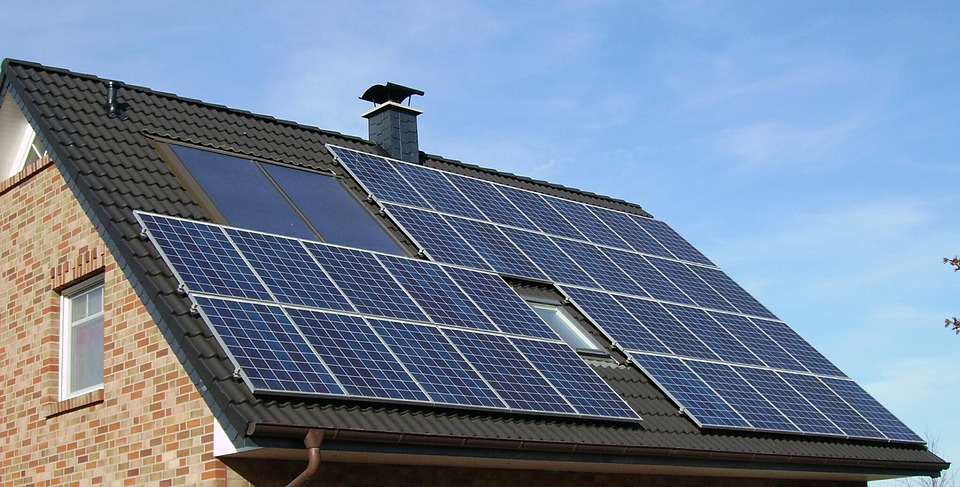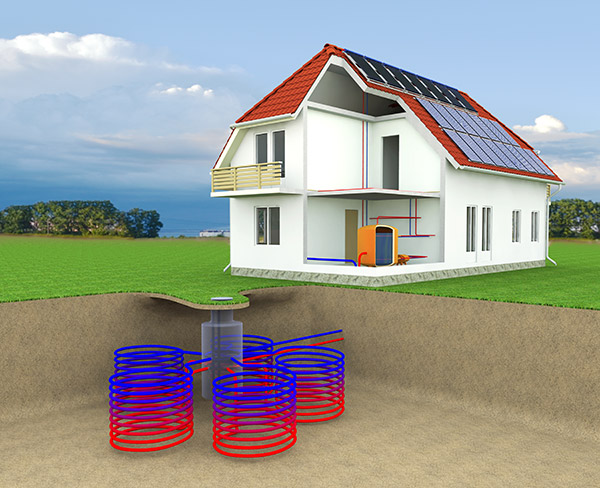Wind turbines and solar panels are an increasingly common sight. But why? What are the benefits of renewable energies and how do they improve our health, environment, and economy?
In contrast, most renewable energy sources produce little to no global warming emissions. Even when including “life cycle” emissions of clean energy (ie, the emissions from each stage of a technology’s life manufacturing, installation, operation, decommissioning), the global warming emissions associated with renewable energy are minimal.[/vc_headings]
Most of these negative health impacts come from air and water pollution that clean energy technologies simply don’t produce. Wind, solar, and hydroelectric systems generate electricity with no associated air pollution emissions. Geothermal and biomass systems emit some air pollutants, though total air emissions are generally much lower than those of coal- and natural gas-fired power plants.
In addition, wind and solar energy require essentially no water to operate and thus do not pollute water resources or strain supplies by competing with agriculture, drinking water, or other important water needs. In contrast, fossil fuels can have a significant impact on water resources: both coal mining and natural gas drilling can pollute sources of drinking water, and all thermal power plants, including those powered by coal, gas, and oil, withdraw and consume water for cooling.[/vc_headings]
Studies have repeatedly shown that renewable energy can provide a significant share of future electricity needs, even after accounting for potential constraints.[/vc_headings]
This means that, on average, more jobs are created for each unit of electricity generated from renewable sources than from fossil fuels.[/vc_headings]
Although renewable facilities require upfront investments to build, they can then operate at very low cost (for most clean energy technologies, the “fuel” is free). As a result, renewable energy prices can be very stable over time.
Moreover, the costs of renewable energy technologies have declined steadily, and are projected to drop even more. For example, the average price to install solar dropped more than 70 percent between 2010 and 2017. The cost of generating electricity from wind dropped 66 percent between 2009 and 2016. Costs will likely decline even further as markets mature and companies increasingly take advantage of economies of scale.[/vc_headings]
Water scarcity is another risk for non-renewable power plants. Coal, nuclear, and many natural gas plants depend on having sufficient water for cooling, which means that severe droughts and heat waves can put electricity generation at risk. Wind and solar photovoltaic systems do not require water to generate electricity and can operate reliably in conditions that may otherwise require closing a fossil fuel-powered plant.[/vc_headings]













